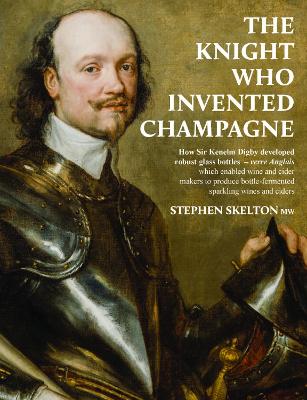It is 1615. Shakespeare is still alive and the country is at peace. James 1 of England (James VI of Scotland) has been on the throne since the childless Elisabeth I died in 1603. He claimed the throne by virtue of the fact that he was direct in line of descent from Henry VII, his great-grandfather. The English Navy, which had been founded as a standing force by Henry VIII and had defended the country from several Spanish Armadas during the Elisabethan era, had been neglected. It needed rebuilding and this meant new ships and plenty of stout English (and Welsh) oak. Luckily for James, one of his closest advisors was an admiral, Sir Robert Mansell, who having given up his naval career and become an industrialist and entrepreneur (as well as a Member of Parliament), saw an opportunity to secure his new-found business of coal mining and glass-making. Mansell applied to the King to grant him a patent forbidding the use of timber for smelting (mainly iron and glass) and on 23 May 1615 the papers were signed. Thus, with the stroke of his quill, the king started the industrial revolution that turned the British Isles from an agrarian economy, based upon wool, water power and wind power, to one where coal and steam brought about unimaginable developments in trade and industry. It was following the signing of the 1615 patent that glassmaking in Britain went from a peripatetic, nomadic business which chased the fuel from clearing to clearing in the dwindling forests, to one where the fuel travelled to the kilns. By virtue of the fact that kilns didn't have to move as the wood ran out, they could be bigger and better, brick-built with chimneys and flues, which made the glass stronger and more durable. It was into this exciting, changing world of glassmaking that Sir Kenelm Digby developed his strong verre Anglais bottles which enabled the production of (lightly) sparkling bottle-fermented ciders and wines.
The Knight who invented Champagne is the story of King James I, Admiral Sir Robert Mansell and Sir Kenelm Digby and the part they played between 1615 and 1630 in revolutionising the production of glass. The changes they helped bring about led to the development and production of stronger glass that could be used for making bottles that would withstand the pressure caused by a secondary-fermentation in the bottle. By 1662 we know that it was common practice by cidermakers, vintners and coopers to add raisins and sugar to wine and cider at bottling to start a secondary fermentation in the bottle. All of this happened several years before Dom Perignon, often credited with 'inventing Champagne', took up his position as cellarer at the Abbaye Saint-Pierre d'Hautvillers.
- ISBN13 9781916329621
- Publish Date 15 April 2021
- Publish Status Active
- Publish Country GB
- Imprint S. P. Skelton Ltd
- Format Paperback
- Pages 80
- Language English
